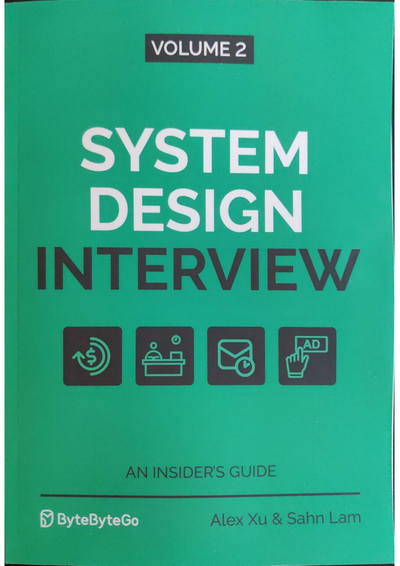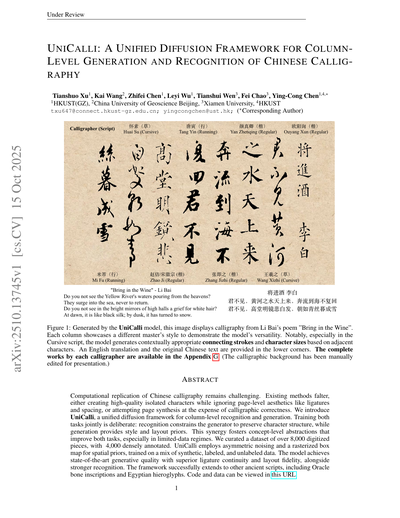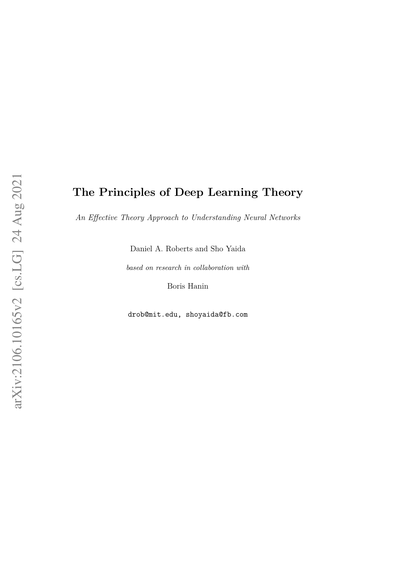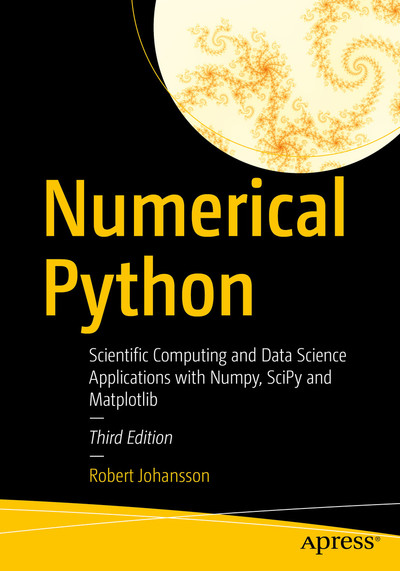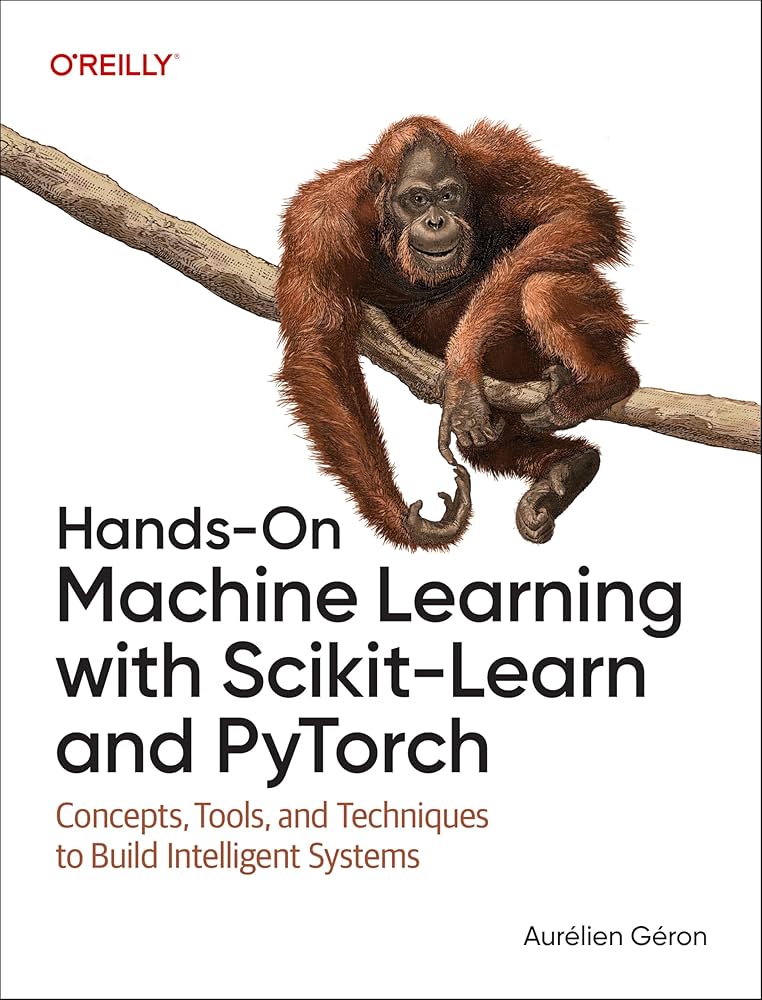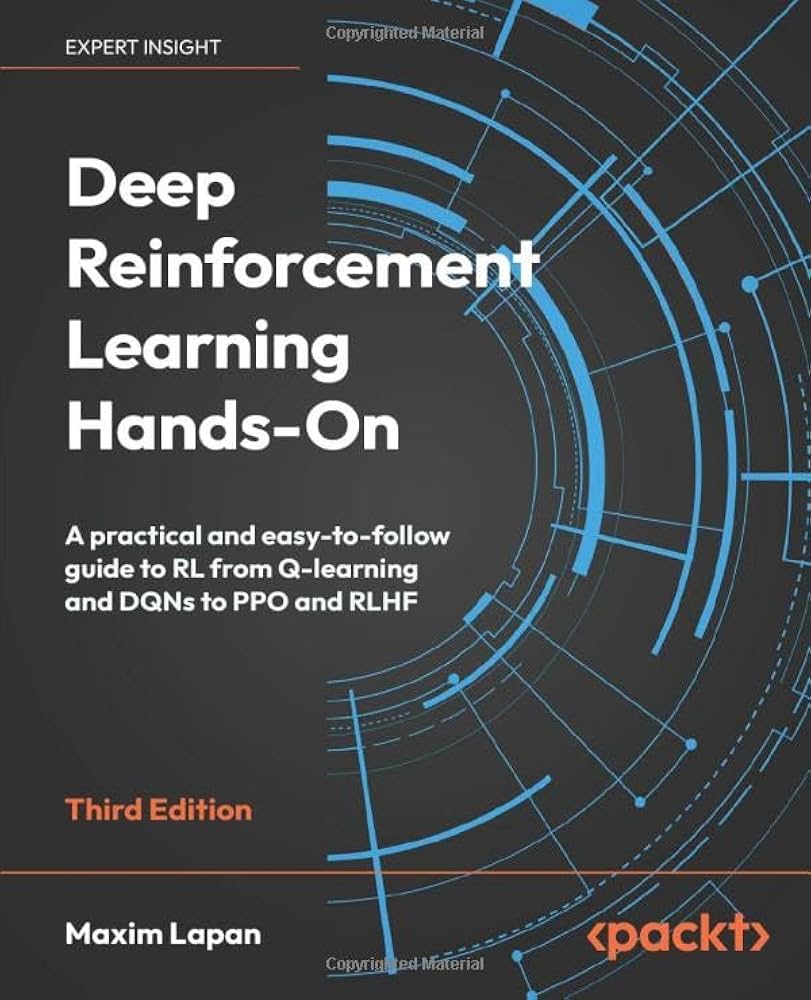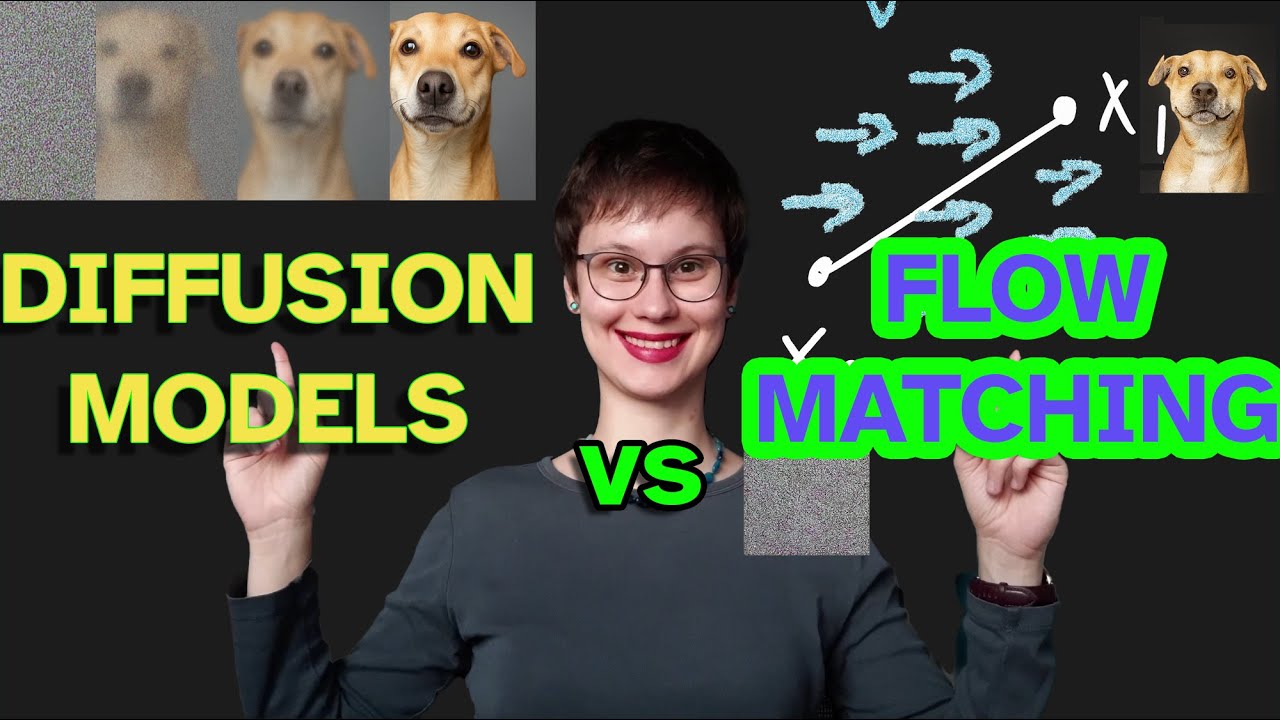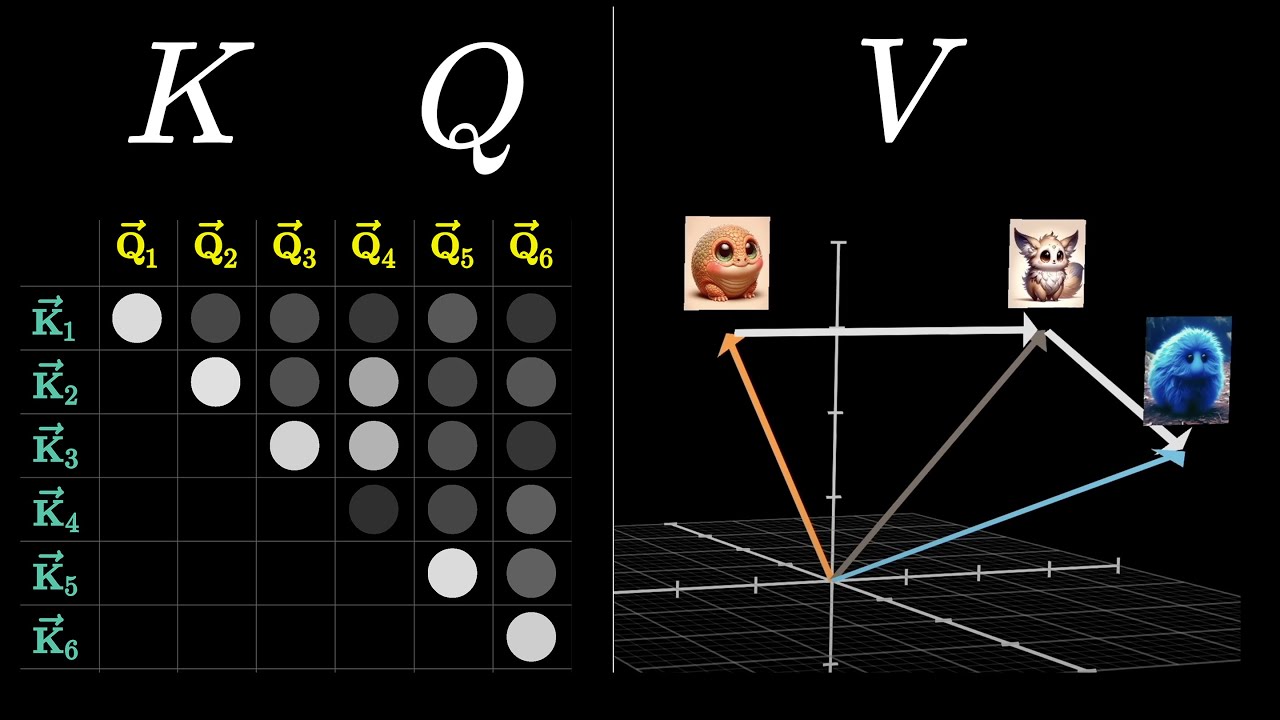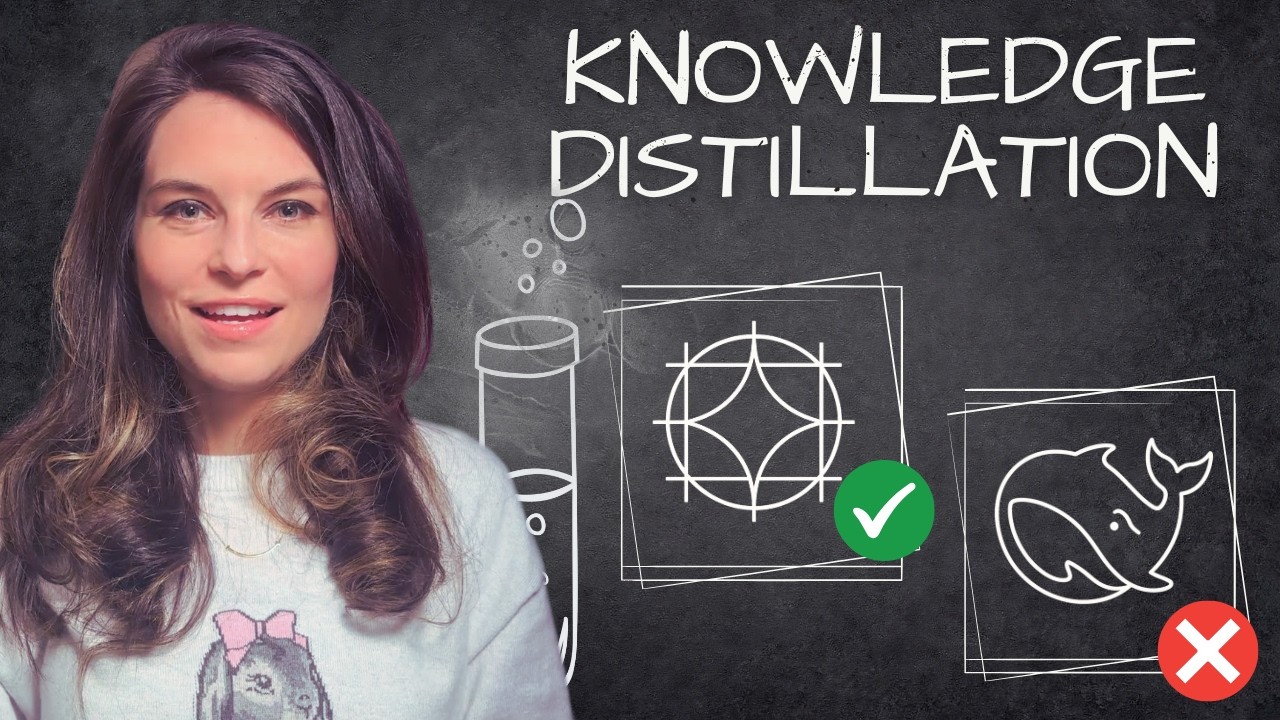
Online Workshop Every Week
Join our free weekly interactive learning sessions.
Master AI/ML with instant feedback and personalized learning
"Cogito, ergo sum" (I think, therefore I am)
— René Descartes

Free Problems
Chapter 01 - Improving LLM Accuracy
This problem set covers key concepts from Chapter 1 on improving LLM accuracy, including LLM limitations, retrieval-augmented generation (RAG), knowledge graphs, and strategies for overcoming LLM constraints. These problems test your understanding of how LLMs work, their inherent limitations, and practical approaches to enhance their accuracy and reliability in real-world applications.
28 pts
Medium
103
llm training
andrew karpathy
machine learning
+7
AgentFlow by Stanford - Multi-Agent System Optimization
This problem set explores the AgentFlow framework developed by Stanford researchers, which demonstrates how a 7B parameter agent can outperform much larger 200B LLMs through optimized multi-agent system design. The problems cover key concepts including agentic system architecture, reinforcement learning optimization, tool integration, and the limitations of current approaches.
55 pts
Medium
91
agent flow framework
multi-agent systems
system optimization
+7
Proximal Policy Optimization (PPO) for LLMs Explained Intuitively
This problem set tests your understanding of Proximal Policy Optimization (PPO) for Large Language Models based on the intuitive explanation from the YouTube video. The problems cover core reinforcement learning concepts, PPO algorithm components, and practical implementation considerations for aligning LLMs with human preferences.
26 pts
Medium
98
reinforcement learning
llms
policy optimization
+7
DeepSeek's GRPO (Group Relative Policy Optimization) | Reinforcement Learning for LLMs
This problem set explores DeepSeek's GRPO (Group Relative Policy Optimization), a reinforcement learning algorithm for fine-tuning Large Language Models (LLMs). GRPO is designed to be more computationally efficient than traditional methods like PPO while maintaining effectiveness for reasoning tasks. These problems will test your understanding of where GRPO fits in the LLM training pipeline, its core mechanisms, and how it compares to other reinforcement learning approaches.
48 pts
Hard
100
reinforcement learning
llm training
policy optimization
+7
Chapter 19 - Reinforcement Learning Fundamentals
This problem set covers key concepts from Chapter 19 on Reinforcement Learning, including policy gradients, value-based methods, actor-critic algorithms, and practical implementations using Gymnasium and PyTorch. The problems progress from fundamental concepts to advanced implementations and analytical thinking.
28 pts
Medium
98
reinforcement learning
agent environment interaction
reward function
+7
Chapter 18 - Autoencoders, GANs, and Diffusion Models
This problem set covers key concepts from Chapter 18 on Autoencoders, GANs, and Diffusion Models. These unsupervised learning techniques are used for dimensionality reduction, feature extraction, anomaly detection, and generative modeling. The problems progress from basic concepts to advanced implementation details, testing your understanding of how these models work, their applications, and their relative strengths and weaknesses.
31 pts
Medium
94
autoencoders
neural networks
deep learning
+7
Premium Problems
Knowledge Graphs
USA AI Olympiad
Explore competitive programming and AI contest preparation concepts
Grade 5 Math
Discover elementary mathematics concepts and learning paths
Featured PDFs
View All PDFsSystem Design Interview: An Insider's Guide Volume 2
116 questions
348 pts
System Design Interview: An Insider's Guide
108 questions
317 pts
UNICALLI: A UNIFIED DIFFUSION FRAMEWORK FOR COLUMN-LEVEL GENERATION AND RECOGNITION OF CHINESE CALLIGRAPHY
10 questions
38 pts
The Principles of Deep Learning Theory
107 questions
418 pts
Featured Books
View All BooksAcing the System Design Interview
153 questions
456 pts
Numerical Python: Scientific Computing and Data Science Applications with Numpy, SciPy and Matplotlib
190 questions
543 pts
Hands-On Machine Learning with Scikit-Learn and PyTorch
200 questions
554 pts
Deep Reinforcement Learning Hands-On - Third Edition
222 questions
720 pts
Featured Videos
View All VideosFlow-Matching vs Diffusion Models explained side by side
10 questions
29 pts
Attention in transformers, step-by-step | Deep Learning Chapter 6
10 questions
30 pts
Knowledge Distillation: How LLMs train each other
10 questions
27 pts
Diffusion Model
10 questions
32 pts
Popular Topics
machine learning
56
deep learning
40
neural networks
35
reinforcement learning
33
system-design
28
grade5
27
optimization
14
large language models
13
attention mechanisms
13
combinatorics
13
system-architecture
13
natural language processing
12
aime problems
12
Number Sense
12
scalability
11
beginner
10
number theory
10
performance
10
transformers
9
capacity-planning
9
Click on any tag to filter problems by that topic
